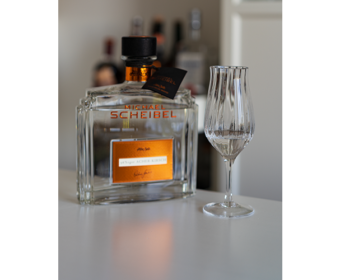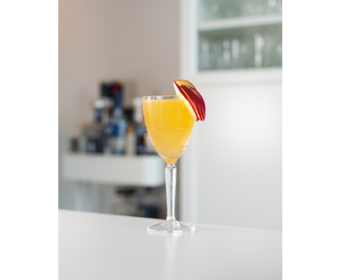The Ultimate Gin Guide VII: The Categories
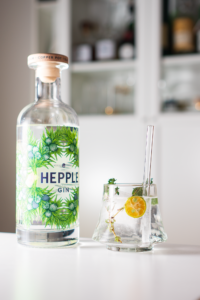
Continuing the update of the Ultimate Gin Guide, it is time to take a look at the different gin categories. Therefore, this article gives a short overview of how the different types of gin developed. On top of that, we will present to you the results of my “Ginquiry”. In this short survey, we asked 30+ gin and spirit enthusiasts to list their favourites in the different gin categories. Check out the results below.

A black cat and sweetened gin

In 1755 an Irish informer published his autobiographic work “The Life and Uncommon Adventures of Captain Dudley Bradstreet”. In his book he wrote how he sold gin from a leaden pipe under the sign of a black cat. However, this probably was not a sweetened gin. The more likely story of how the Old Tom Gin style developed is that in 1830 a Thomas Norris called “Young Tom” served gin in his bar made by his former mentor Thomas Chamberlain. “Young Tom” bought different versions sweetened and unsweetened and sold them directly from the barrel. “Old Tom” seemed to prefer the sweetened style and therefore this barrel was labelled with his name. The sugar was added to the gin to mask off-flavours or mask a reduction in ABV. You can read an extensive story on Old Tom Gin here.

The diagram above shows the Ginquiry results for the Old Tom Gin category. Each gin enthusiast was asked to list their favourite. The blue columns show the original results. For the green ones a did an adjustment, because sometimes there was a controversy to which category the gin really belongs. Especially with the unofficial categories this proofed to by quite tricky. Below you can find my tasting notes on the three Old Tom Gins with the most votes. I am happy to see the Citadelle No Mistake Old Tom here, which I also rated highly in my earlier review. Unfortunately, the Ransom Old Tom Gin is no longer available here and therefore the Tanqueray Old Tom Gin made the list. Apart from that, the Hayman’s Old Tom, as the top rated gin, does not come as a big surprise. Following the recipe on the Hayman’s website, I selected the Hayman’s Old Tom Gin with San Pellegrino Limonata Organic and dried rhubarb (see picture) as a “perfect serve”.
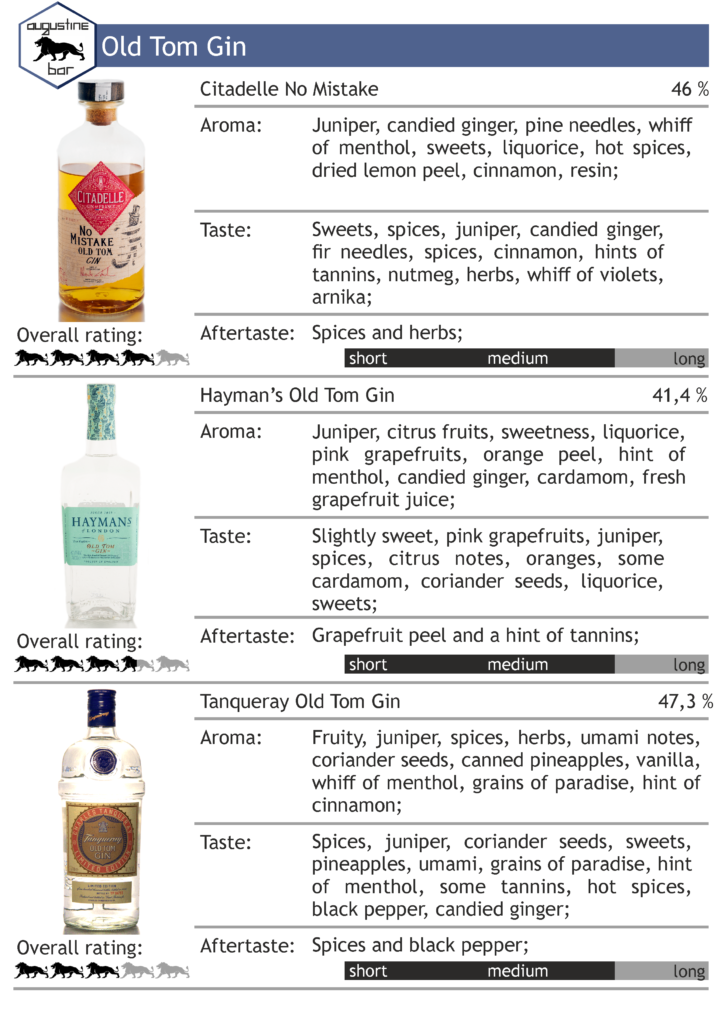
Daily drinking and gunpowder

Through the mighty power of the British Navy in the 18th and 19th centuries, gin producers were able to sell their goods in the whole world. On top of that, in 1860 sailors received a daily ration of gin. However, because the gin was stored near the gun powder in the ships, it had to have a higher ABV. In the case of spillage the gun powder still had to bee inflammable. Plymouth Gin (also one of the few protected geographic indications when it comes to gin) early secured a leading position by bottling a Navy Strength version with 57 % ABV. So, it is no wonder that the Plymouth Navy Strength made it to the top three of Navy Strength Gins in the survey. The Sipsmith V.J.O.P. comes in second place with only the more affordable Hayman’s Royal Dock beating it. Since, the Martin Miller’s ABV is too low to count as a real Navy Strength Gin I included it with the London Dry Gins.


Gin from barrels

Before the 1890s gin was bottled in clay bottles or barrels. Only the invention of clear glass bottles changed that. For instance, Alexander Gabriel when recreating Citadelle gin discovered, that it was smuggled to England in small oak barrels sometime after 1775. Of course, the barrel ageing of gin nowadays is a new trend. The survey showed that barrel aged gin is the most controversial gin category. A lot of people answered that they did not like it (counting under “N.A.” below). The aforementioned Citadelle Reserve won this category with four votes. However, none of the other barrel aged gins were able to reach a second vote. This is why I rather randomly chose two others: The Elephant Barrel Aged Gin and the Silvio Carta Old Grifu Gin. The latter turned out to make quite a remarkable Gin & Tonic when paired with Fever Tree Mediterranean Tonic Water.


On Coffey stills and dry gin

Tonic Water
In 1813 Jean-Baptiste Cellier Blumenthal patented the first version of the column still in Belgium. However, in 1830 Aeneas Coffey massively improved the design and therefore a new way of distilling became available. This made the production of gin easier and also raised the quality. As a consequence the unsweetned London Dry Gin style gained popularity. London Dry Gin can be made all over the world, but all botanicals must be re-distilled with ethyl alcohol and no alcohol, botanicals or colouring are allowed to be added afterwards. On top of that, there is only 0,1 g sugar per litre allowed. For us, the first surprise in the Ginquiry came with the London Dry Gin category. The Hepple Gin made it into the top three. A gin with a rather special production method. To be exact, with the same number of votes the Hepple Gin, the Martin Miller’s Westbourne Strength and the Tanqueray TEN Gin share the first three places.

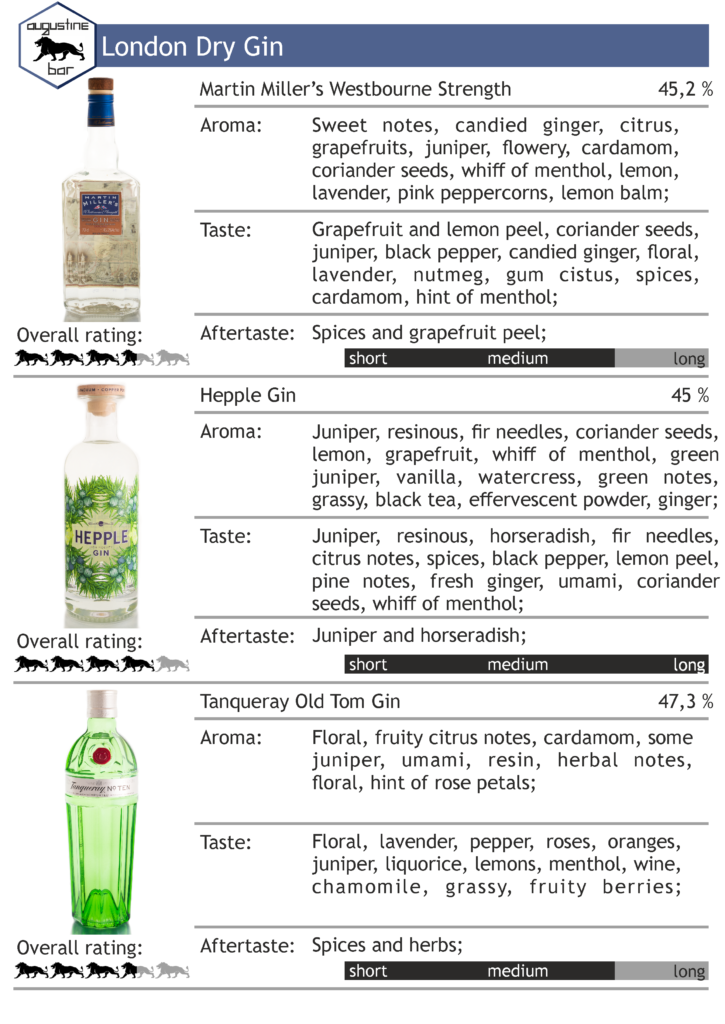
A new category emerges

In the last few years a new category of gin developed: New Western Dry Gins. The term was supposedly coined by American bartending consultant Ryan Magarian to describe gins where the supporting botanicals shine through. The juniper is still there, but depending on the bottling it is very hard to make out. The rather difficult definition of this new gin category also shows in the results of our survey. New Western Dry Gins were named as London Dry and vice versa. We tried to stick to the level of juniper as the defining parameter. Apart from the large number of votes for the Bobby’s Schiedam Gin, the results in this category do not come as a surprise. The Monkey 47 and Gin Sul are staples of this modern gin style. To be honest, I never gave the Monkey 47 a real chance, because after a first sip I thought it was overrated. However, in fact it turned out to be a rather complex spirit.
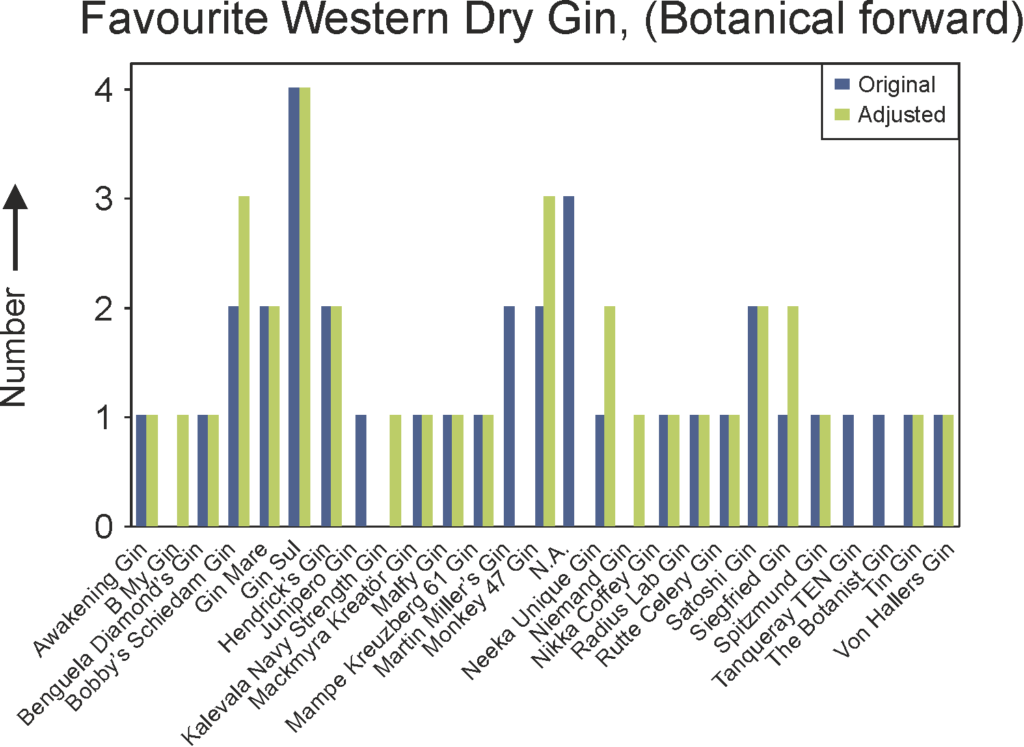

Technically not a gin

Schweppes Dry Tonic Water
Sloe gin was named a missing category in the Ginquiry. Actually, this is not a gin, but rather a gin-based liqueur. Nevertheless, we compared three “sloe gins”: Two traditional styles and one rather unconventional one from Iceland made from blueberries. While the Sipsmith and Elephant Sloe Gins are a complex mix of berries almost reminiscent of berry wines, the VOR Sloe Style Gin is rather different. It has grape marc like flavours, is almost dry and has a noticeable amount of tannins. This probably makes it quite hard to mix, but we surely will give it a try!
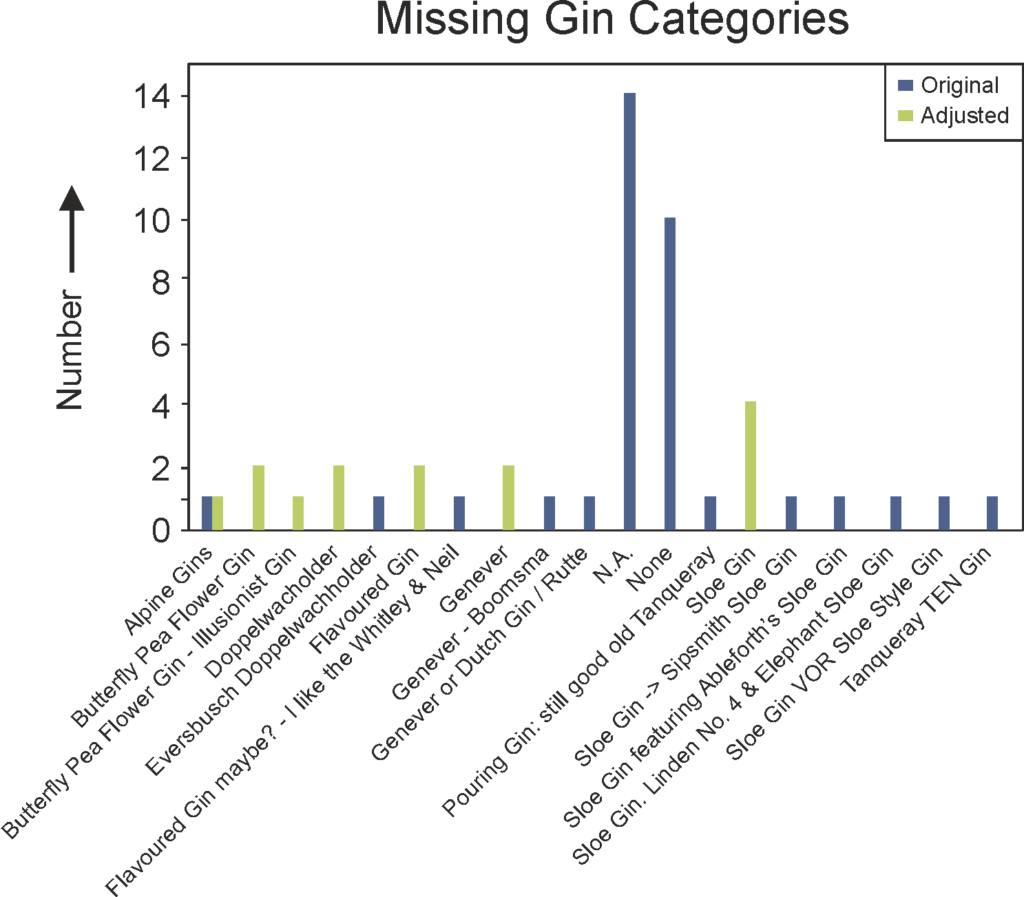
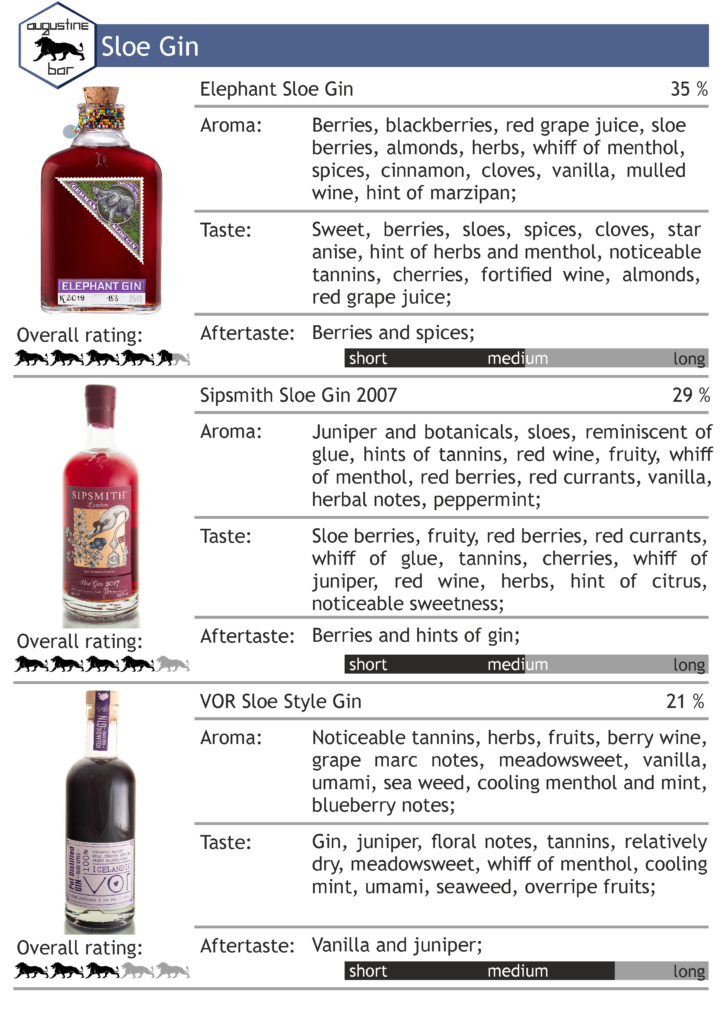
In conclusion, the Ginquiry showed that the gin market is very diverse. Well-established brands have a greater presence on the market and thereby, in combination with quality, are more easily remembered. Apart from a few exceptions, this makes it difficult for new brands to gain popularity and compete for the leading position. Fortunately, there are a few exceptions to this rule. Of course, it should also be noted that the study was anything but representative.
*The fact that I received a product reviewed in this article for free, did not – in any way – influence the rating of said product. Glasses were provided by APS Glass & Bar Supply GmbH and glass straws by Der Glastrinkhalm. You can buy the gins here.


